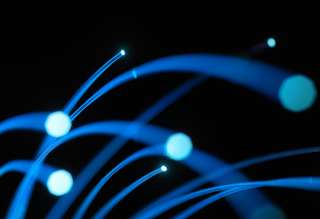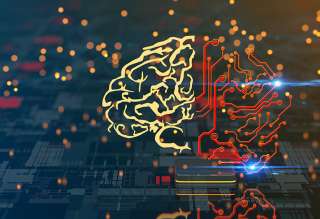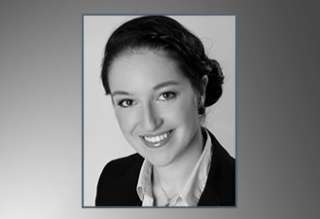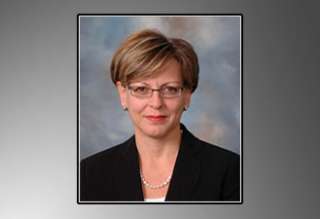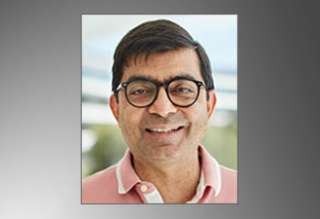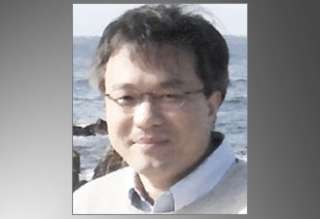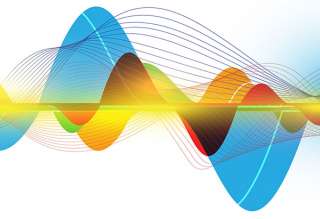SPS Feed
Top Reasons to Join SPS Today!
1. IEEE Signal Processing Magazine
2. Signal Processing Digital Library*
3. Inside Signal Processing Newsletter
4. SPS Resource Center
5. Career advancement & recognition
6. Discounts on conferences and publications
7. Professional networking
8. Communities for students, young professionals, and women
9. Volunteer opportunities
10. Coming soon! PDH/CEU credits
Click here to learn more.
The Latest News, Articles, and Events in Signal Processing
Date: 17 December 2024
Time: 10:00 AM ET (New York Time)
Presenter(s): Dr. Hung-yi Lee
As I take on the President of the Signal Processing Society (SPS) role, I am excited to connect with you through this column. I look forward to introducing myself and inviting you, the members, to join our volunteers in shaping our shared future.
We opened the year with the theme of “embracing interdisciplinarity,” emphasizing the fact that signal processing naturally builds bridges across different domains and disciplines. The front cover image of an organic bridge across mature trees giving birth to a sapling helped convey our message. After two special issues (two parts of one special issue), we come back to you with an issue comprised of feature articles and columns, which all reinforce the message in our first issue of 2024.
The flexibility and dexterity of human limbs rely on the processing of a vast quantity of signals within the sensory-motor networks in the brain and spinal cord, distilled into stimuli that govern the commands and movements. Hence, the use of assistive devices, such as robotic limbs or exoskeletons, is critically dependent on the processing of a large number of heterogeneous signals to mimic natural movements.
Deep learning, in general, focuses on training a neural network from large labeled datasets. Yet, in many cases, there is value in training a network just from the input at hand. This is particularly relevant in many signal and image processing problems where training data are scarce and diversity is large on the one hand, and on the other, there is a lot of structure in the data that can be exploited.
By “social learning,” in this article we refer to mechanisms for opinion formation and decision making over graphs and the study of how agents’ decisions evolve dynamically through interactions with neighbors and the environment. The study of social learning strategies is critical for at least two reasons.
As I take on the President of the Signal Processing Society (SPS) role, I am excited to connect with you through this column. I look forward to introducing myself and inviting you, the members, to join our volunteers in shaping our shared future.
Date: 3 December 2024
Chapter: Germany Chapter
Chapter Chair: Gerald Enzner
Title: Enhancing Magnetic Resonance Image Quality:
rom Model-Based Reconstruction to Machine Learning
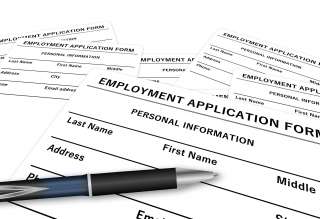
Institute & Lab: The University of Maryland, College Park (UMD or UMCP), was founded in 1856 and is located in the state of Maryland, USA. The university's faculty includes 2 Nobel Prize winners, 4 Pulitzer Prize winners, 58 members of the National Academy of Sciences, and numerous Fulbright Scholars. The A.
Date: 13 November 2024
Chapter: UAE Chapter
Chapter Chair: Diana Wasfi Dawoud
Title: Physical Layer Security for Dual Function Radar Communication Systems
Date: 28 November 2024
Chapter: Portugal Chapter
Chapter Chair: Nuno M Rodrigues
Title: Digital Camera Signal Processing - History, Recent Advances, Challenges, and Opportunities
Date: 26 November 2024
Chapter: Spain Chapter
Chapter Chair: Javier Prieto
Title: Research in Academia and Industry from the Lens of Digital Camera
Date: 21 November 2024
Chapter: Utah Chapter
Chapter Chair: Neda Nategh
Title: Spectrum sharing for joint sensing and comms
Date: 22 October 2024
Time: 4:00 PM (CET)
Presenter(s): Dr. John Subosits


The University of Texas at El Paso (UTEP) has 3 Assistant Professor positions available in the Department of Computer Science: one in AI and two in any area of CS, including AI and Speech and Langauge Processing. UTEP has an active research group in Spoken Dialog, and new Regents Research Excellence support for a project on the Prosodic Aspects of Spanish, English and Cross-Language Communication, for which an available Research Assistant Professor position may soon be announced. Informal i

The School of Engineering & Applied Science (SEAS) at the University of Virginia (UVa) seeks candidates for a tenure-eligible or tenured position in the Department of Electrical and Computer Engineering. The primary responsibilities for this position include research, teaching, and service to the department, university, and professional community.
Date: 23 January 2025
Date: 10 December 2024
Pages
SPS Social Media
- IEEE SPS Facebook Page https://www.facebook.com/ieeeSPS
- IEEE SPS X Page https://x.com/IEEEsps
- IEEE SPS Instagram Page https://www.instagram.com/ieeesps/?hl=en
- IEEE SPS LinkedIn Page https://www.linkedin.com/company/ieeesps/
- IEEE SPS YouTube Channel https://www.youtube.com/ieeeSPS



